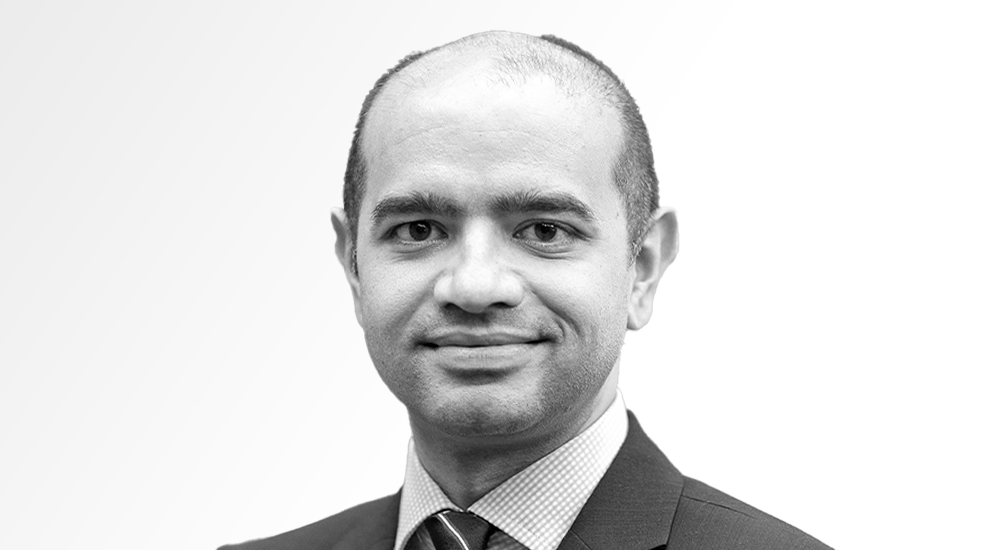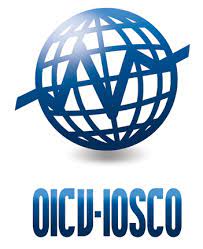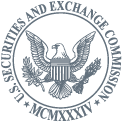Since speaking of the International Organisation of Securities Commissions (IOSCO) in March’s edition of ETF Insider, the long-awaited Exchange Traded Funds – Good Practices for Consideration consultation report has been launched.
In the consultation, the global watchdog – which regulates the world’s securities and futures markets – sought to supplement its 2013 principles, reinforcing that the existing principles remain relevant and appropriate.
Since the 2013 principles, several stress events have roiled the markets, including the ‘flash crash’, the Greek stock exchange closure in 2015 and more recently, the COVID-19 pandemic followed by Russia’s invasion of Ukraine. The report gives credit to the resilience of ETFs during these unusual turns of events.
Volatility Control Mechanisms (VCMs) are part of a protective framework already implemented across many trading venues to address volatility resulting from such stress events.
The consultation observes the different types of VCMs, noting some varieties focus on the dislocation from the ETF to the intraday net asset value (iNAV) while others are based on secondary market price movements. This signals a clear call for regulators to ensure that VCMs are appropriately consolidated and harmonised.
Industry participants have also been offering encouragement on this to various trading venues across jurisdictions over several years so this is very reassuring.
Of the 11 proposed practices, the provision of iNAVs also came into scope for discussion, encouraging regulators and/or trading venues to “consider means to enhance the accuracy and usefulness of iNAV”. iNAVs, also known as indicative optimised portfolio value (IOPV) is an intraday estimate of an ETF’s net asset value (NAV), calculated using the current trading prices of the underlying securities.
At the time of ETF inception, global regulators mandated iNAVs as a regulatory requirement. Since then, the Securities and Exchange Commission (SEC) has updated its rules and has subsequently removed this requirement.
Although intending to provide investors with real-time transparency into their investments and a useful measure of value when looking to trade an ETF in a small number of instances, they have their flaws and may show a dislocation to true value if prices become stale.
This could occur in instances of underlying market closures or when an ETF holds securities trading in different time zones.
Europe should follow the lead of the US and remove its dependency on iNAVs. A solution-focused approach is paramount here and a proposal to the regulators for an alternative indicator altogether would be of value; one that provides investors with a fair value based on accurate information.
For example, the secondary market could provide a more accurate measurement in the instance of the presence of market makers quoting spreads on the order book within pre-agreed limits with the relevant exchange.
The ETF Good Practices also reviewed the existing management of conflicts of interest between intra-group affiliations within the ecosystem, outside of the conventional conflicts surrounding the arbitrage mechanism or trading in the secondary market.
This included the specific case of custom creation/redemption basket negotiation which involves a bilateral agreement between an authorised participant (AP) and the ETF issuer.
The consultation raises a potential conflict of interest if the AP were to orchestrate a favourable basket to the detriment of existing shareholders. In this instance, we are reminded of the fiduciary responsibility of investment managers on behalf of their investors, supported by stringent UCITS guidelines which directly address the management of any conflicts.
With this in mind, we can be reassured that the agreement of the ETF issuer to exchange a detrimental basket would be unfeasible. Importantly, the impact of tracking error on the ETF – by deviating significantly from the constituent weights – also acts as an incentive not to do this.
The ETF Good Practices push for transparency in secondary market trading conditions has long been advocated by the ETF industry. However, now as part of IOSCO’s considerations, we could see some traction.
This would naturally serve to bolster the need for a consolidated tape as, without one, greater transparency would be difficult to envisage.
One thing we can say for certain is that thanks to IOSCO’s report, ETF issuers, regulators and exchanges will continue to strive for a more unified European market.
Keshava Shastry is head of capital markets at DWS, chair of ETF task force at EFAMA and chair of the ETF committee at the Investment Association
This article first appeared in ETF Insider, ETF Stream's monthly ETF magazine for professional investors in Europe. To access the full issue, click here
Further reading





